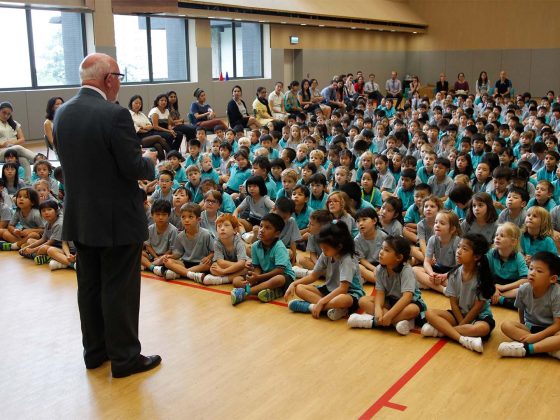Product features used to be enough to win over customers. Not anymore. With AI accelerating development cycles, medtech companies are finding themselves in crowded markets. The real differentiator now isn’t what your product does, it’s how you tell your story. Melissa Wildstein has spent years helping medtech brands cut through the noise by focusing on what customers actually care about, rather than just listing specifications.
Standing Out in a Sea of Sameness
AI is changing the game for medtech companies, but not in the way most might expect. “With the introduction of AI, we have seen that technology is starting to become more commoditized. More and more companies are rolling out the same sort of features and product benefits,” Melissa explains. Product development happens faster now, which means competitive advantages disappear quicker too.
This creates a problem that many medtech brands haven’t figured out yet. “It’s almost less about the product – having a great product has become the new table stake. What will win markets are great stories,” she says. Companies still obsess over features while customers make decisions based on entirely different criteria. The challenge becomes obvious when you look at complex technical markets. With more than 20 years Melissa sees how easily technical messaging can backfire. “A lot of times that complexity can, if you’re lining up different products next to one another and you’re just talking about the jargon, a lot of that can get lost in the weeds. It starts this whole sea of sameness and everything starts to blur.”
Focusing on Customer Pain Points
Instead of leading with technical specifications, Melissa’s approach starts with understanding daily workflows and real challenges. “We try to look at what it is that the customer needs, what they’re telling us they’re looking for. Then we build messaging around those specific challenges to elevate the brand so that they’re solving problems, not just presenting a series of product features.” This doesn’t mean technical accuracy becomes less important. “The technical accuracy is still incredibly important. It’s just that brands really need to be able to resonate emotionally with the customer in order to accelerate adoption,” she notes. Getting the technical details right is table stakes, the emotional connection is what drive purchasing decisions.
Melissa uses a simple analogy to explain this concept. “When you think about Heinz, for example, in the U.S., what do you think about? Heinz is synonymous with ketchup, but it’s also synonymous with ballparks and getting your hot dog and watching the baseball game and sitting out in a picnic in the summertime. It’s not just about the tomatoes and the spices, it’s about the feelings and the memories that you evoke.”
Three Ways to Turn Complexity into Clarity
Melissa’s process for transforming technical depth into compelling messaging follows three principles that work across different industries.
- Talk to Real Customers: This sounds obvious, but many technical companies skip this step. “You have to talk to the customer. You have to understand what their needs are, what their challenges are in order for you to build a solution that addresses those,” Melissa emphasizes. Direct customer conversations reveal insights that no amount of market research can uncover.
- Mine Your Data Differently: Technical companies sit on goldmines of clinical data, performance metrics, and user behavior information. Melissa approaches this like investigative journalism. “There’s a lot of different information out there. You have to ask the right questions, and then you have to sift through all of the answers in order to pull out the story.” The key lies in finding narratives that support customer insights rather than just showcasing capabilities.
- Build Proper Story Architecture: Technical messaging needs the same narrative structure as any compelling story. “You have to identify the problem, you have to provide the solution and then provide almost the aspirational fairy tale ending for the customer,” she explains. This framework transforms dry technical content into engaging narratives with clear emotional payoffs.
Moving forward, Melissa sees AI creating both challenges and opportunities for technical brands. The challenge is obvious: “If brands start to leverage the same tools, if everybody starts to put their product features into ChatGPT and say, ‘Build me a brochure, write me a social media post,’ then everybody’s using the same language, they’re using the same jargon.” This creates an opening for companies willing to invest in authentic differentiation. “Authenticity is going to be the place where people can stand out,” she explains. The human element becomes more valuable as artificial alternatives multiply. “People like to do business with people they like and trust. Do you really trust an AI chatbot?” Melissa asks. “In today’s world where so much of you’re seeing so much fake news, people crave authenticity. And brands that can create that and really shape an authentic story are going to stand out.”
Connect with Melissa Wildstein on LinkedIn to explore how compelling storytelling can elevate your technical brand.









